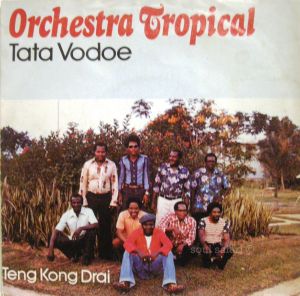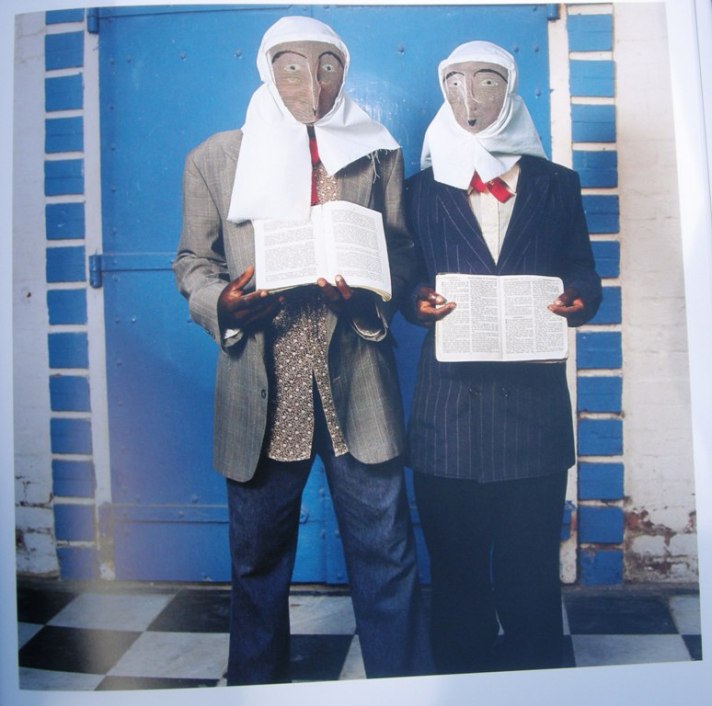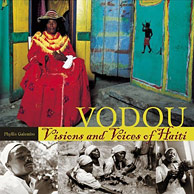
The history of Senegalese photography begins in Saint-Louis du Sénégal, capital of the French Sudan, with the first African photographers who began their trade in the studios originally operated by white Europeans.
The African pioneers gave a less exotic, more modern and prosperous image of their fellow citizens, away from the typical western imagery.
This unique exhibition includes thirty images taken in Saint Louis by the earliest African photographers like Mama Casset whose name is less known by the Western public than that of Seydou Keita.
see the exposition The elegant Senegal of the first half of the 20th century , until 26th August 2018. Circulo de Bellas Artes, Madrid Spain

MAMA CASSET
AND THE PRECURSORS OF PHOTOGRAPHY IN SENEGAL
In 1870, in Saint-Louis, the former capital of Senegal, Meissa Gueye, Doudou Diop, Mama Casset and others photographed the bourgeoisie and the Senegalese people. In 1940, in Dakar, Mama Casset set up her new studio “African Photo” and became the undisputed master of the portrait, creating the stereotypes of the pose in the studio, often used in painting and studio photography across the continent. One of the first African masters of photography.
Mama Casset, born in 1908, died in 1992 after a life spent first in Saint-Louis-du-Senegal and then in Dakar, in the Medina.
Initiated to the photography of the time of the colonization by the French Oscar Lataque, he will be enlisted in the French army to make aerial photographs. In the 1940s, he set up his studio, “African Photo”, in the Medina, to become the fashionable photographer of Dakar.
more on Revue Noire
PORTFOLIO ‘MAMA CASSET STUDIO AFRICAN PHOTO’
an exclusive limited edition of 20 copies as box set containing 10 original photographs is for sale here
































